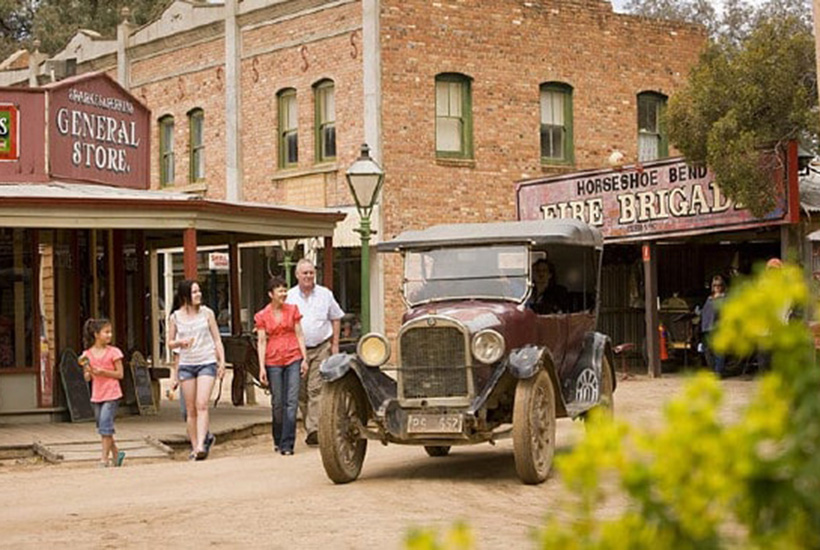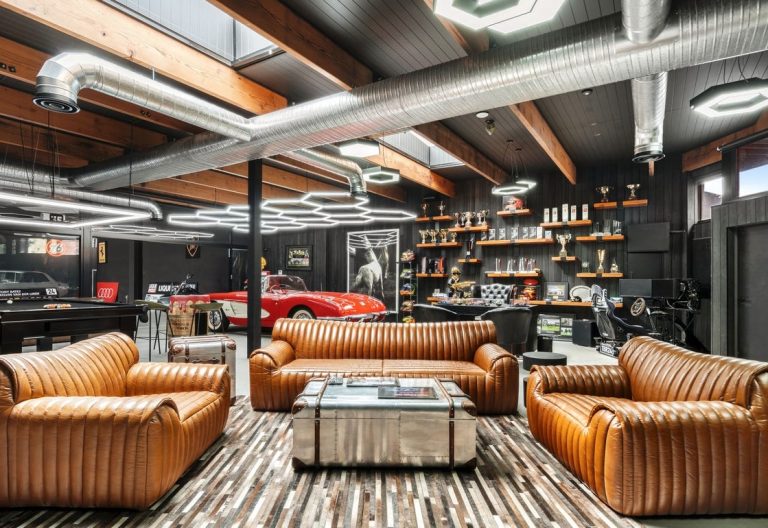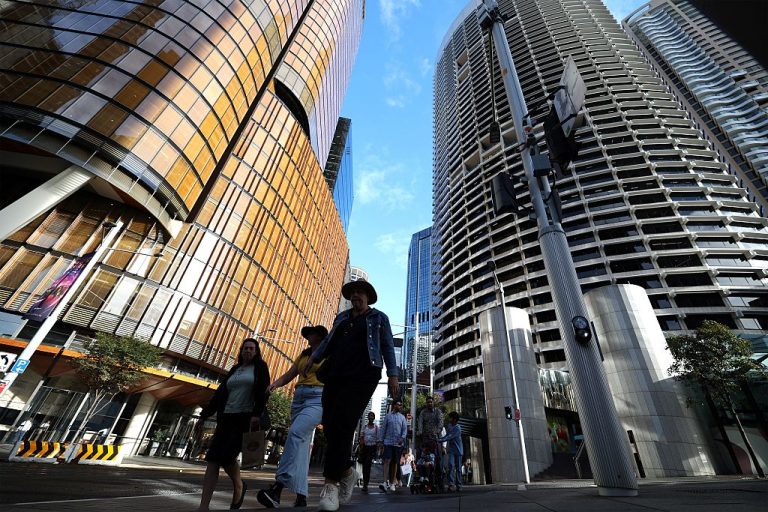Australia’s most entrepreneurial small towns

Population growth follows job growth. This old saying makes perfect sense. We move to towns and cities where we can find work. After all, we want to eat and provide for our loved ones.
Our largest companies and government departments tend to have their headquarters in the centres of our largest cities. A single big organisation can be responsible for thousands of jobs.
Counting the number of jobs in a town gives us insights about the size of a local economy, but it doesn’t give us any information about the local entrepreneurial spirit. Instead, let’s count businesses, let’s count large corporations, small businesses and individuals with an ABN who operate as sole traders without employing staff.
Commercial Insights: Subscribe to receive the latest news and updates
All businesses count the same. A struggling artist in regional Australia and BHP each count as a single business. How romantic.
We can’t simply rank Australian towns by the number of businesses, but must put the business count in relation to the local population size. Our measurement of choice will be the number of businesses registered in each town per 1000 residents.
The clear winner in this ranking is Swan Hill on Victoria’s border to NSW. This town of only 11,100 residents is home to 1300 businesses. This means 117 out of every 1000 locals is a business owner — well above the Australian average of 92.
This measure of entrepreneurial spirit doesn’t necessarily correlate with economic prosperity. A town could lose hundreds of jobs and a massive share of its wealth if only one large business, say a mine, closes. Dozens of the laid-off workers might start businesses in the aftermath without being able to fill the economic gap the missing mine left behind.
No matter the fortune of a town’s economy, the presence of many businesses indicates that a town isn’t willing to give up. It indicates the fighting spirit of Australian towns. The top 10 towns in our list are hotbeds for entrepreneurial activity.
Let’s look closer at our champion town of Swan Hill. Between 2016 and 2018 this small town added 52 businesses, largely in construction, manufacturing and professional services. Swan Hill is, of course, predominantly an agriculture town in the sense that it services the farmland in the Murray Basin food bowl and most jobs (1600) are in agriculture.
However, the most economic value is created by its manufacturing sector. Here is a town that grew its manufacturing businesses over the past two years in less than ideal economic circumstances.
That’s what regional resilience looks like. If you were wondering what is being made in Swan Hill, you might want to check out where any of your large polystyrene (water tanks) or fibre-reinforced plastic items (pool hulls) were made. An unemployment rate of only 3.2 per cent is something a small town can be immensely proud of. I suspect local businesses struggle to find enough workers and would look favourably on talent moving to town.
A struggling worker currently living in a big city might improve their lot by moving to Swan Hill.
Our second-highest ranked city of Esperance, in Western Australia, is of similar size (12,100) to Swan Hill (11,100) and fulfils a similar structural role.
Esperance is a port city that ships grain and iron ore and supports the surrounding agriculture and mining regions. A lot of entrepreneurial zeal is required of the people who run towns like Esperance. It’s a different kind of start-up spirit to what can be found in the co-working spaces of Surry Hills. A somewhat overlooked hyper-practical type of entrepreneurialism that is deeply ingrained in the Australian psyche. The entrepreneurs of Esperance don’t need to disrupt or reinvent an industry. They service and support well-established, unglamorous industries. Hard and honest work that arguably allows for better work-life balance. We only tend to talk about work-life balance when we don’t have it, but I suspect Esperance townsfolk do.
Australia’s most entrepreneurial towns
Registered businesses per 1000 residents as of June 2018

*Significant Urban Area (this means Central Coast is counted separately from Sydney for example)
Source: ABS Business Count Data 2016 and 2018
Sydney also made the top 10 of our entrepreneurial hot spots. That is no surprise. Despite being outpaced by Melbourne in terms of population growth, Sydney is still Australia’s prime business address and attracts businesses large and small.
Many of the small businesses are, of course, part of the ecosystem that larger businesses need to operate successfully. There are well over half a million businesses in the largest city and growth in recent years has been impressive. Each week, in net terms, more than 400 new businesses are added to Sydney’s economy. Sure, many are small side hustles that don’t add significantly to the wealth of the nation, but we cannot deny that this indicates just how keen Sydneysiders are to determine their own fortune.
Doubling down on business creation isn’t a silver bullet for all Australian towns. Towns that act mostly as residential quarters for one or two gigantic employers have a hard time transforming into entrepreneurial hotbeds.
I’d argue that regional towns that serve a support function for a large agricultural, mining or transport hinterland are well-positioned to establish a healthy and sustainable culture of entrepreneurialism.
A great example would be Orange in NSW. With 79 businesses per 1000 residents, Orange is well below the national average of 92, but no town improved its business density at such a high rate (74 businesses per 1000 residents in 2016). Something seems to be working in Orange. Like Swan Hill and Esperance, it fulfils an important hub function for the surrounding agricultural region (where, disappointingly, oranges aren’t grown) and the Cadia gold and copper mine.
Whatever happened in Orange over the past two years, I’d hope that mayors and business development managers from struggling regional towns reach out to their colleagues in Swan Hill, Esperance and Orange to see what they could learn from these towns.
It’s of utmost importance that regional towns are in active exchange with one another. Our regional cities can be attractive residential and commercial destinations.
I’d suspect that many big-city dwellers who struggle financially now could improve their work and lifestyle prospects by considering a move to the regions.
Simon Kuestenmacher is a co-founder and director at The Demographics Group.
This article originally appeared on www.theaustralian.com.au/property.







